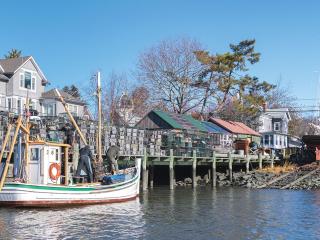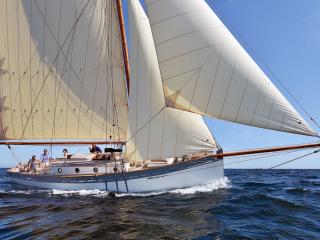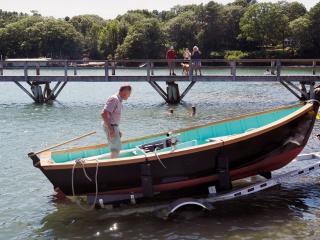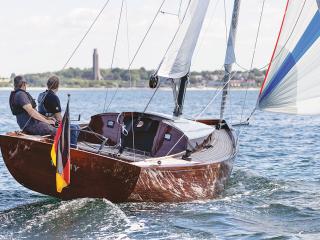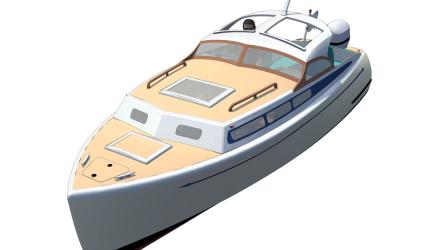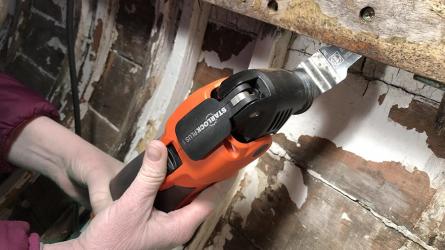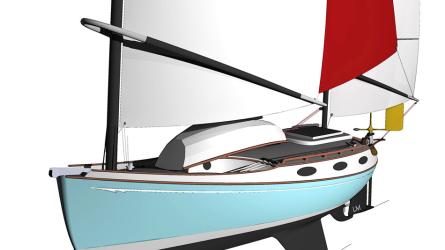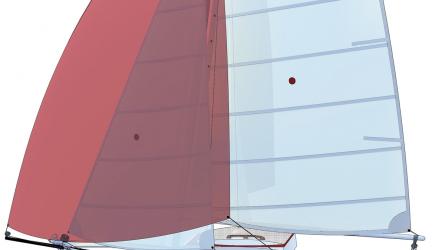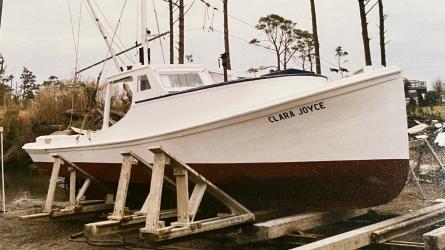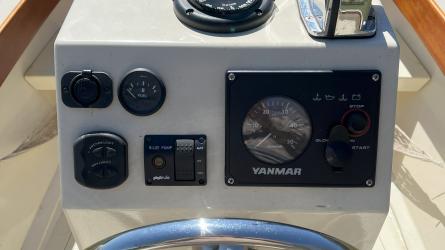January / February 2023
A Caulking Mallet Odyssey
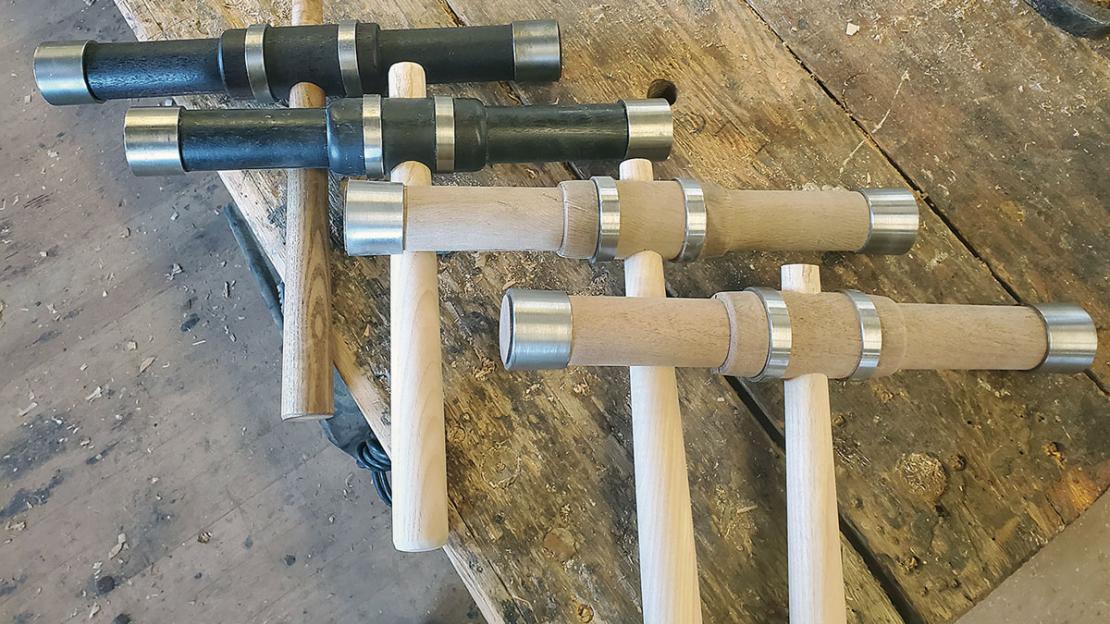
After numerous experiments—for example, lengthening the slots from 4” to 41⁄2” and fine-tuning the amount of taper—the author found that his mallets were quite usable. These are made of live oak; the two on right have yet to receive any ammonia-fogging or finish.
Here’s the thing: I don’t love caulking. I’ll admit I don’t even like it. I do not profess to be a master of the art of caulking; to me, it’s just a necessary step in building a carvel-planked wooden boat, one of the arduous jobs to do before getting back to the fun stuff. I know a lot of people enjoy it and even find some Zen in the repeated action, but not me. It’s aggressively boring in my book. I can’t even tune out, because it has to be done carefully, and that demands attentiveness.
I am, however, a big fan of vintage tools, and the tools of the caulking trade are among the most esoteric in existence. There is no mistaking a caulking mallet for any other mallet of any other trade on Earth. And caulking irons are elegant in their simplicity. I was instantly attracted to these tools—the mallet, in particular. I was fascinated by its strange proportions, particularly the length of the mallet head, the metal rings binding it, and the slots cut into it. Each one has a distinctive sound of its strike, or “chirp,” as it’s called in the business. All of these characteristics were developed by generations of caulkers. I wondered why.
And then, for the first time, I handled a 000 mallet made by C. Drew & Co., founded in 1837 in Kingston, Massachusetts, where it stayed in operation until 1980. Its chirp sounded like a gunshot to my ears. Its perfectly balanced head was made of a beautiful, jet-black wood, and the mallet was heavy without being unwieldy. Entranced by its perfection, I began what became an odyssey.
To read the rest of this article:
Click the button below to log into your Digital Issue Access account.
No digital access? Subscribe or upgrade to a WoodenBoat Digital Subscription and finish reading this article as well as every article we have published for the past 50-years.
ACCESS TO EXPERIENCE
Subscribe Today
1 YEAR SUBSCRIPTION (6 ISSUES)
PLUS ACCESS TO MORE THAN 300 DIGITAL BACK ISSUES
DIGITAL $29.00
PRINT+DIGITAL $42.95
Subscribe
To read articles from previous issues, you can purchase the issue at The WoodenBoat Store link below.
 Purchase this issue from
Purchase this issue from
